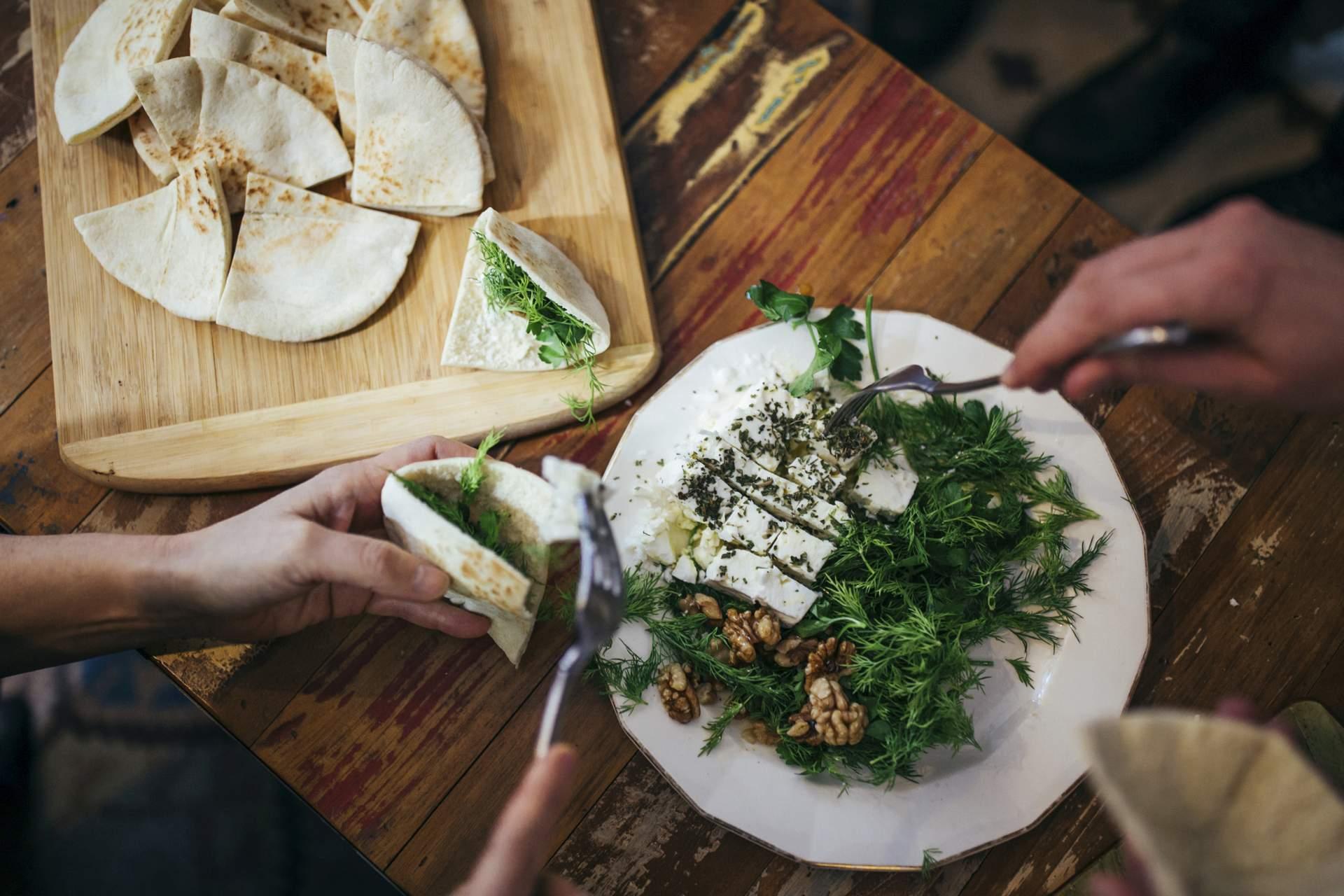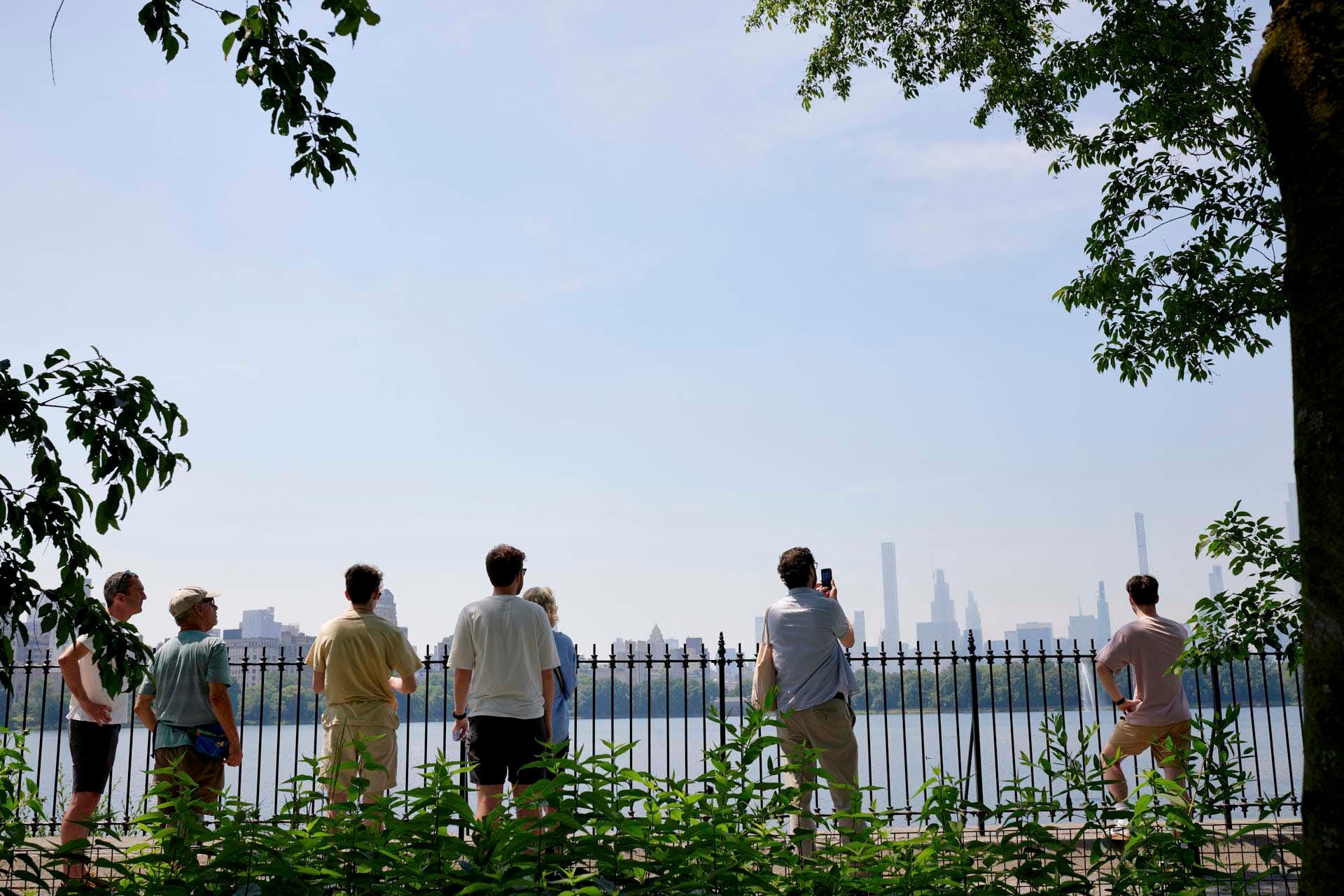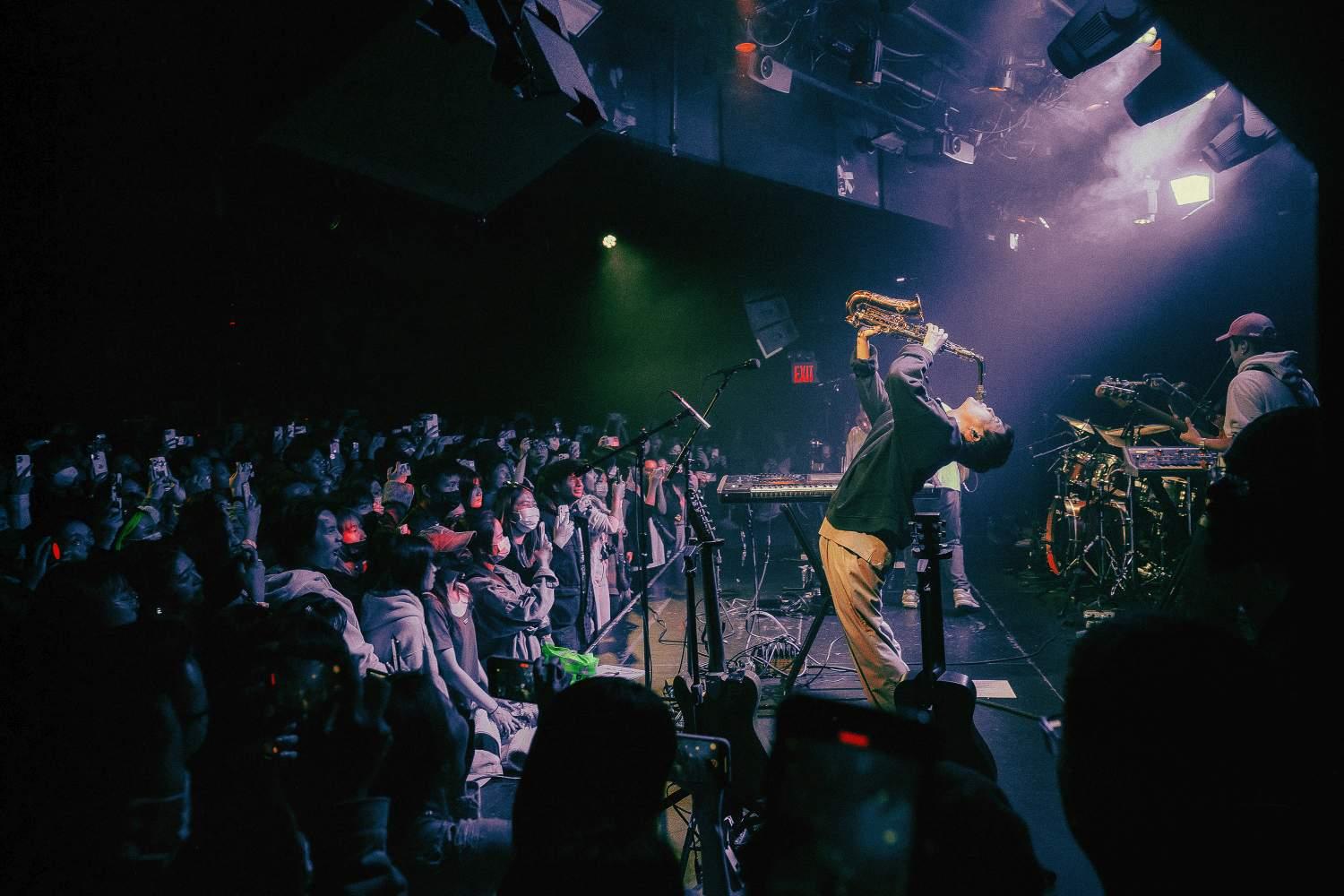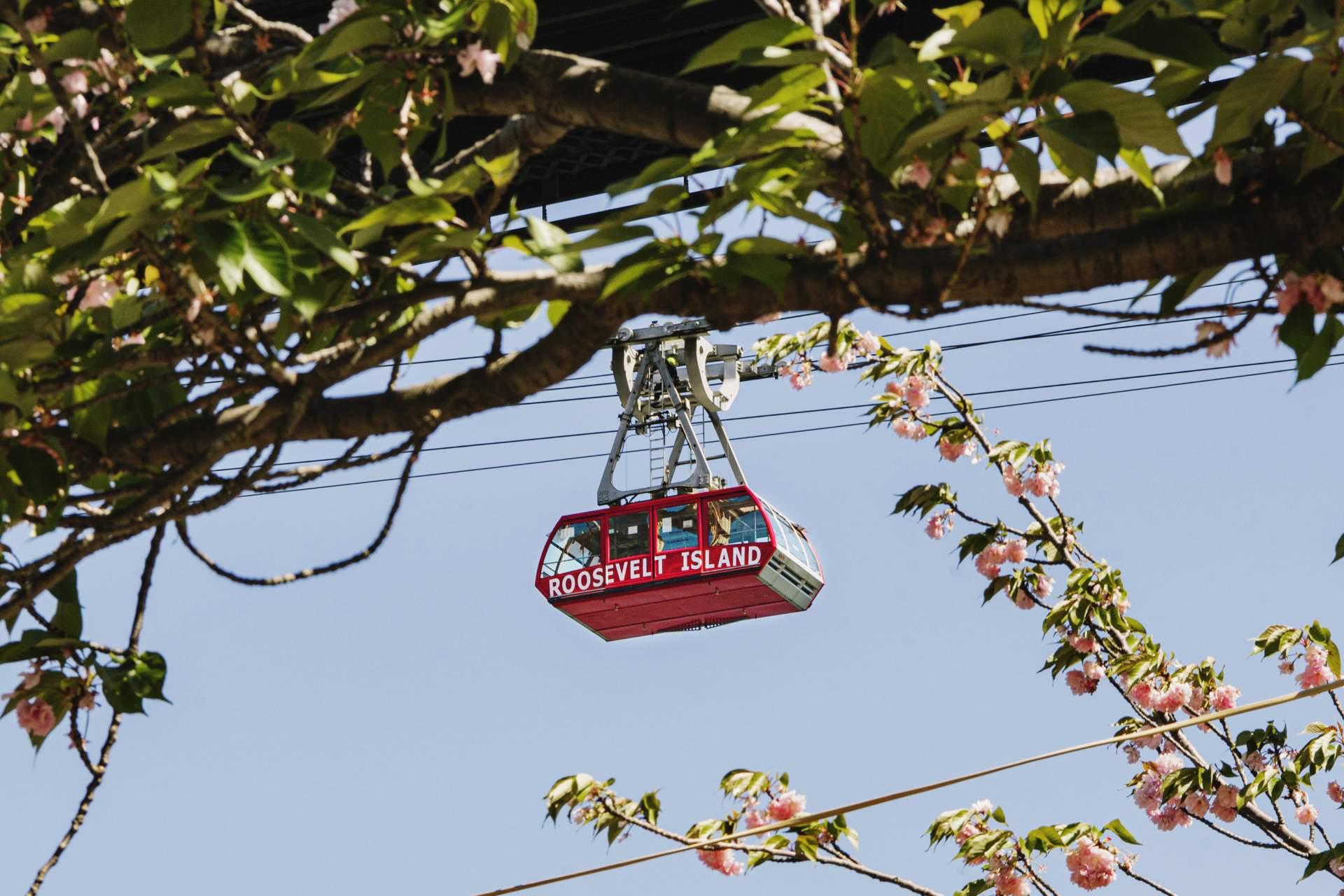Mean Streets: The Stories Behind NYC Street Names
Adam Kuban 02/13/2013

Wall Street. Photo: Tagger Yancey IV
Newsletter
What's good in NYC? From coverage of the latest attractions in the five boroughs to deals on Broadway show tickets, incredible cuisine and more, our emails will make sure you never miss a thing.
* Required Fields
Insider Picks: Top Things to Do in NYC Now
NYC Cooking Classes
No matter what you’re craving, there’s a New York City food pro ready to walk you through making it from scratch.
Explore New York City with Big Apple Greeter
This free NYC service shows off a different side of the City while making lasting connections between visitors and volunteers.
Shop Vintage, Thrift and Flea
Explore the best in preloved fashion, vintage finds and artisanal wares.
All-Ages Venues in NYC
Check out these music, comedy and performance spots that are good for families or older kids looking for a bit of independence.
Roosevelt Island Itinerary
Take the tram to this Manhattan neighborhood for historic ruins, scenic parks and waterfront views.





